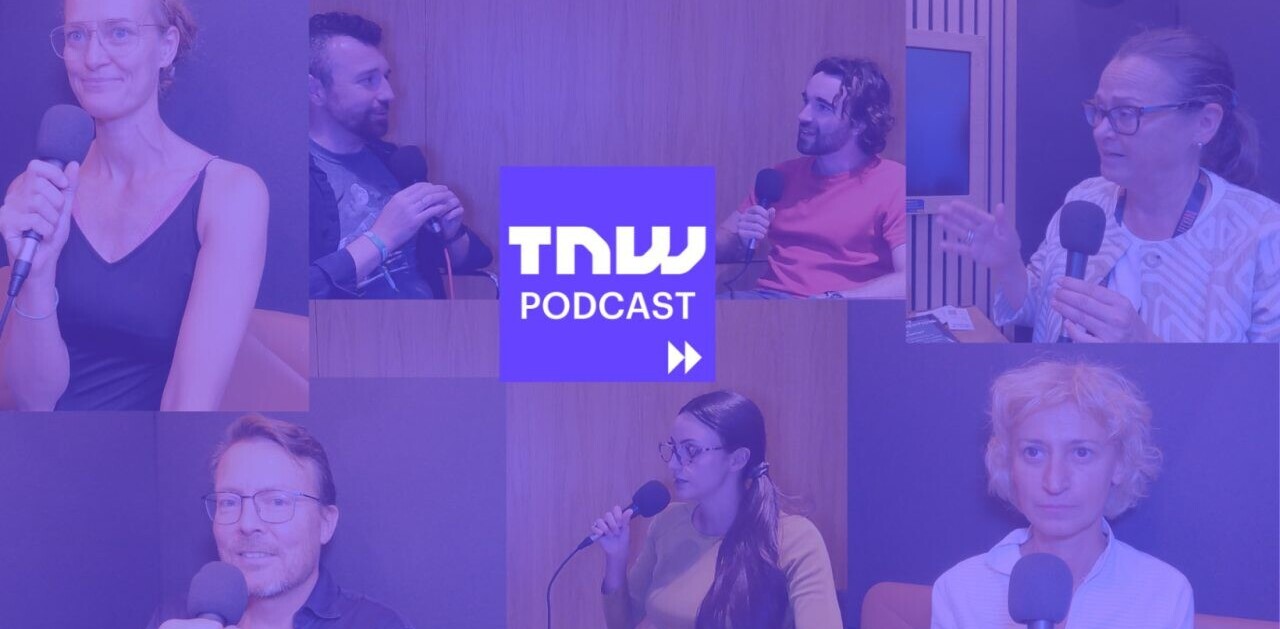
Martina King is the CEO of Featurespace where she is responsible for the strategic direction and corporate vision at the company.
A popular internet meme goes something like this: ‘It’s 2013: where’s my flying car?’ The question, asked on t-shirts and coffee mugs around the world, debated on technology forums, or bantered around with friends at a café, is essentially one that asks: Where exactly are the benefits of this ‘better future’ we all signed up for?
The answer is simple: the benefits are in the data.
The age of data
Flying cars notwithstanding, 2013 was the year that data and its potential became widely acknowledged. It’s also the year that data was demonised—everything from government leaks to questions surrounding privacy and personal security has turned our idea of data from a neutral concept of tiny bits of information to a murky shadow that follows us around whether we want it to or not.
There’s a bit of irony here: the term itself is Latin for ‘gift,’ but increasingly more people are beginning to question where, how, and to whom they want to give their data. In a post-PRISM world, lines are drawn between those who see data as a threat, and those who envision it as a way to solve the biggest challenges of our lifetime.
In truth, data presents an opportunity to realise incredible positive changes to our lives: the ability to improve the way we live, how we discover and solve problems, and most importantly how we approach and implement solutions that change everything from the way business is conducted to how natural disasters are predicted, prevented, and responded to.
Changing our lives
Using data to change our lives isn’t some unrealistic dream for the future—in fact, in some ways the idea has been around for quite a while. Meteorological data has been collected in various parts of the world since 3000 BCE; the 19th century introduced a range of library classification methods.
And with the holiday season in full swing, let’s not forget the ancient Roman census—another example of how data collection and interpretation have enjoyed a long history of impacting every facet of our lives.
The difference now is simply one of scale. We are at a turning point for humanity, as for the first time in any civilisation there is enough information being collected to start to apply mathematics to many of our greatest, as yet unsolved, problems.
Forget flying cars: data is already enabling scientists to cure disease, predict when we’ll get sick, and generate higher crop yields to feed our expanding population. A bit closer to home, you know data is working in your favour when your mobile suggests a better route for the evening drive after a traffic app picks up accidents or delays near your neighbourhood.
A new view of the future
But the proper, safe use data is all about intentions, and the intelligence behind intentions is crucial. Are we determined to use the goldmine at our fingertips in ways that fundamentally improve our future?
Imagine: with data analytic tools stepping in to automate the process of understanding vast amounts of information, humans are free to apply our energies to more creative tasks. How much more productive would you be if data were to automate the repetitive, auto-pilot moments of your day?
Connected, driverless cars, for example, would take away the stress of the morning rush hour, letting you log on and get ahead of the day, kick back and have a coffee, or work in a little extra playtime with the children.
It is no longer a question of whether there is enough data yet, or if technology can process it. For the first time, the answer to both is a resounding ‘yes’. Given that data is the key to unlocking solutions for the modern world we’ve dreamed of, we must be able to see past the Orwellian scaremongering and tap into the huge potential for progress and enhancement that understanding data provides.
Unlocking the potentials of data
To understand this in the real world, look at retailers. On the whole, retailers have embraced data, using it to build a pattern of customers’ online shopping habits to improve communications and loyalty.
That means retail organisations no longer have to take a stab in the dark as to our preferences and needs based on our age and gender—they can now predict our purchasing patterns before we even decide, giving us personalised offers or product recommendations to encourage good spending habits and completely eliminating the need for guess-work and assumption.
Making decisions based on assumptions is how most problems have historically been approached. We tend to decide on solutions that appeal to what a problem looks like, not necessarily what it is.
Coming at a solution this way means that the nuances–the human element–tend to get lost: again, people become simply numbers on a page. But it’s the nuances that are all important, and although you may have not been looking for them, what you don’t know often represents the biggest opportunity.
Insight beyond insight
A method that flips the traditional approach on its head and gives an approximate answer for the exact problem—like Adaptive Behavioural Analytics—gives you exactly that insight in to the unknown and unexpected. This means that things you weren’t necessarily looking for can now be discovered and acted upon. Let’s not forget that Columbus wasn’t setting out for America!
Adaptive Behavioural Analytics is clearing the way for us to approach data safely, with good intentions, and most importantly armed with the right tools to tease out nuances and solve exact problems. Its automated and adaptive characteristics level the playing field for businesses who want the most out of their data: there’s no longer a need for a team of scientists to support and maintain complicated analytics.
As a result, small companies can make sure they reap the benefits of this insight without spending precious resources on maintaining a data science team—organisations can spot road bumps before they appear, hijack new opportunities before they even occur, predict customer behaviour and habits in order to drive profits and identify fraud before it happens.
And the possibilities that data—coupled with the right analytics—can deliver are limitless. Only our imagination draws the boundaries of what we can accomplish, and new applications are becoming feasible every day.
Why restrain data’s future potential with fear, when the right tools and intentions are driving incredible solutions to global problems? That sounds much more exciting than a jetpack or a flying car—and those who are poised to step into the forefront of this revolution agree.
Image credit: Filipchuk Oleg/Shutterstock
Get the TNW newsletter
Get the most important tech news in your inbox each week.





